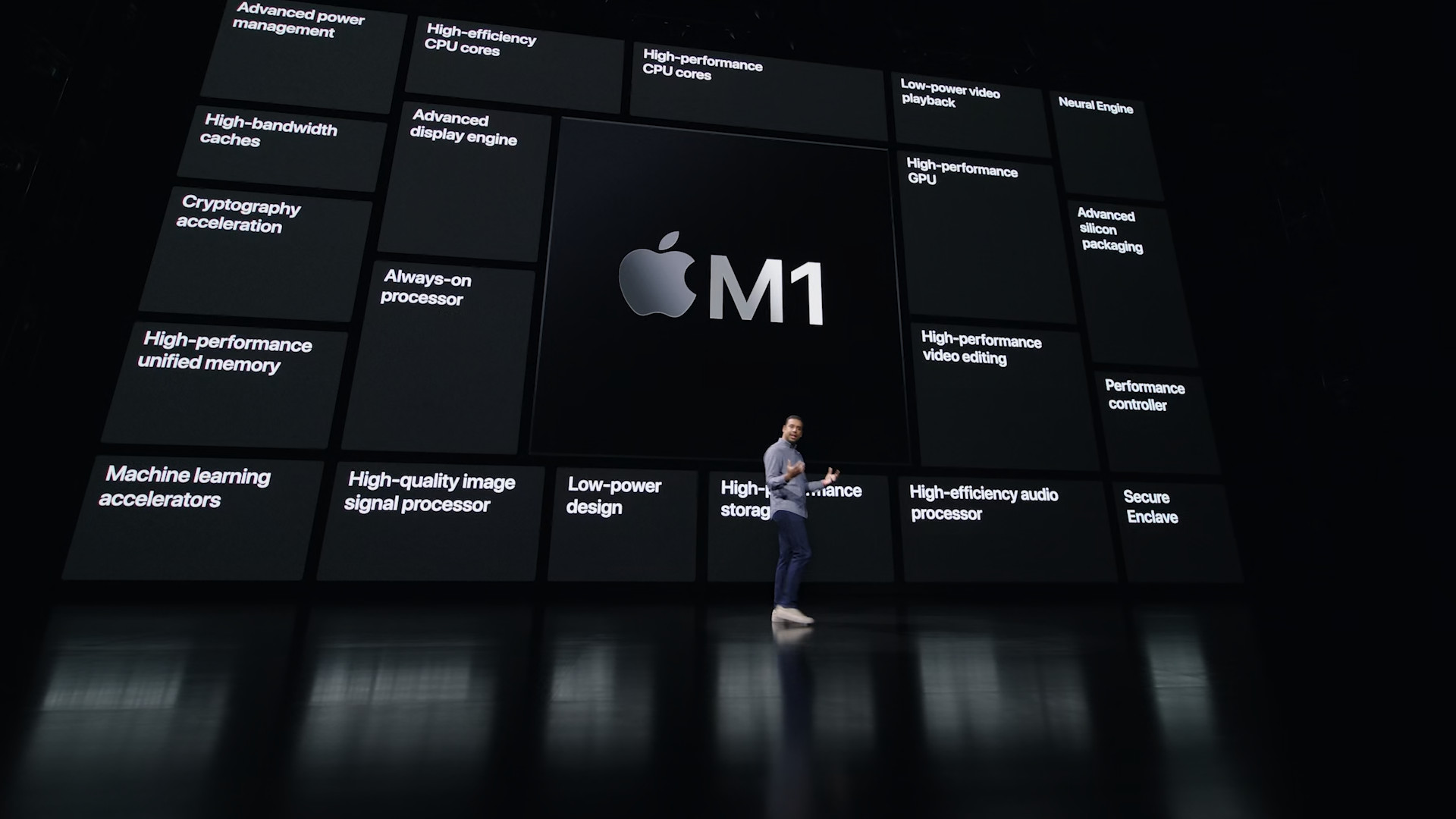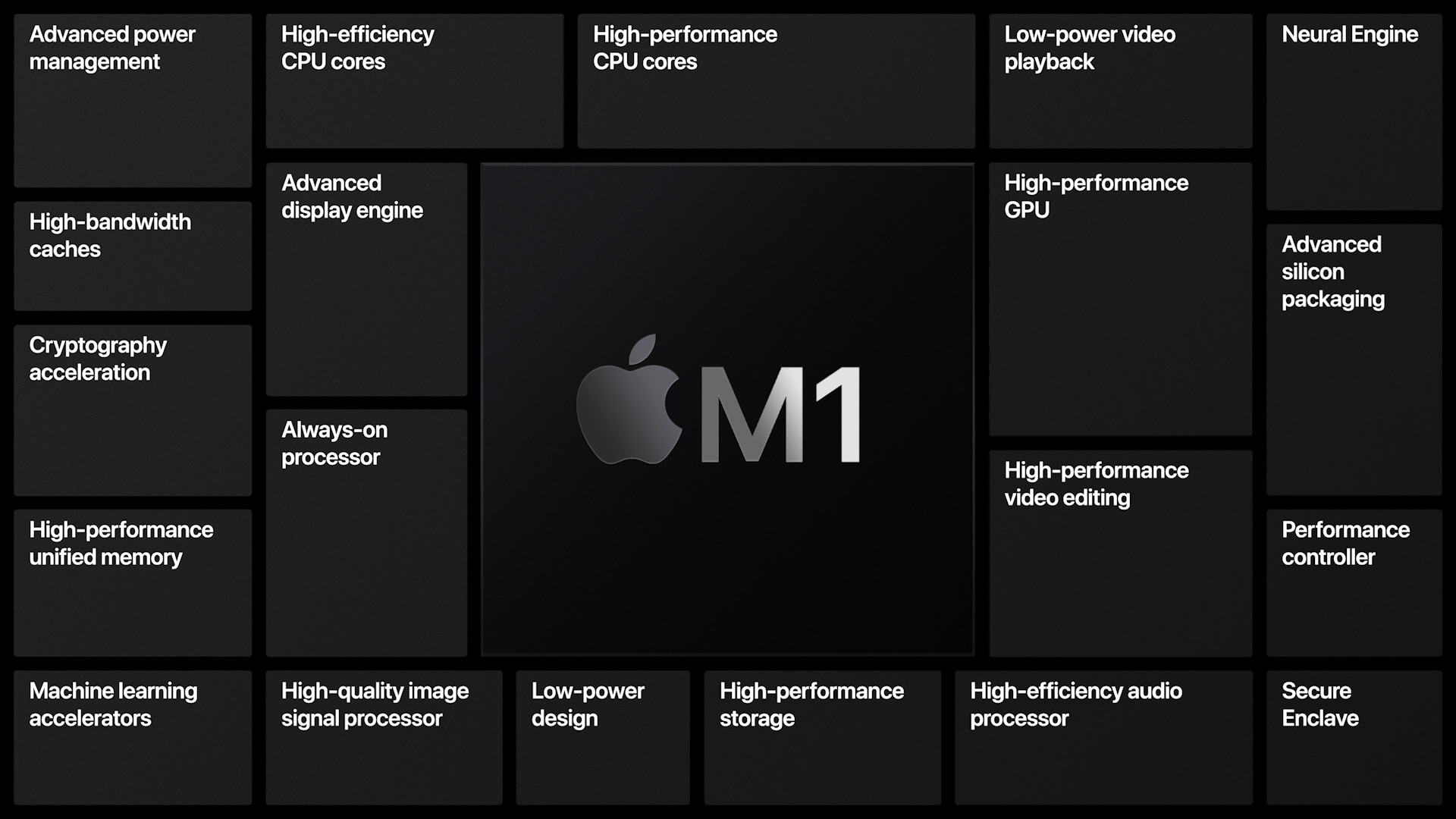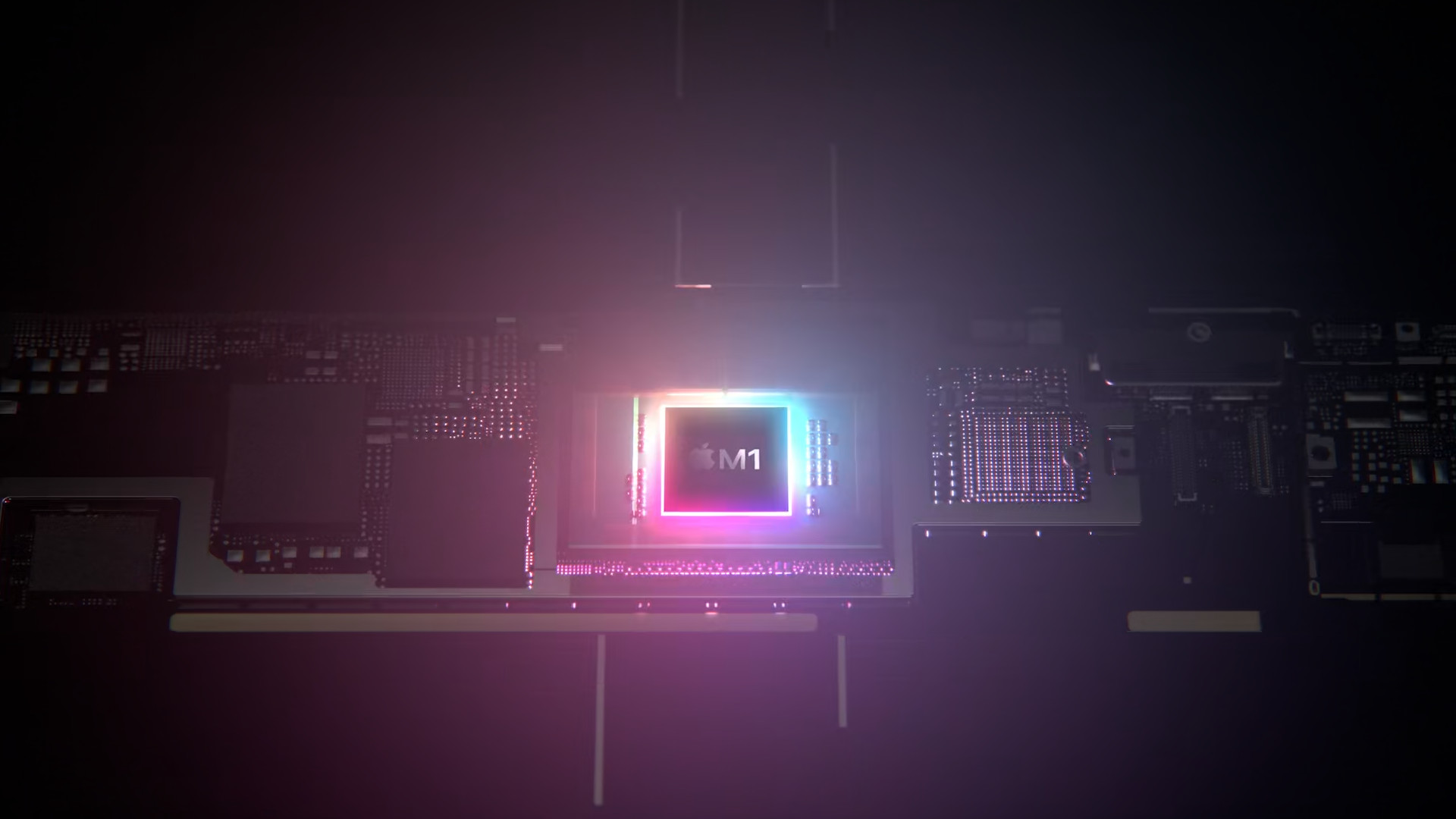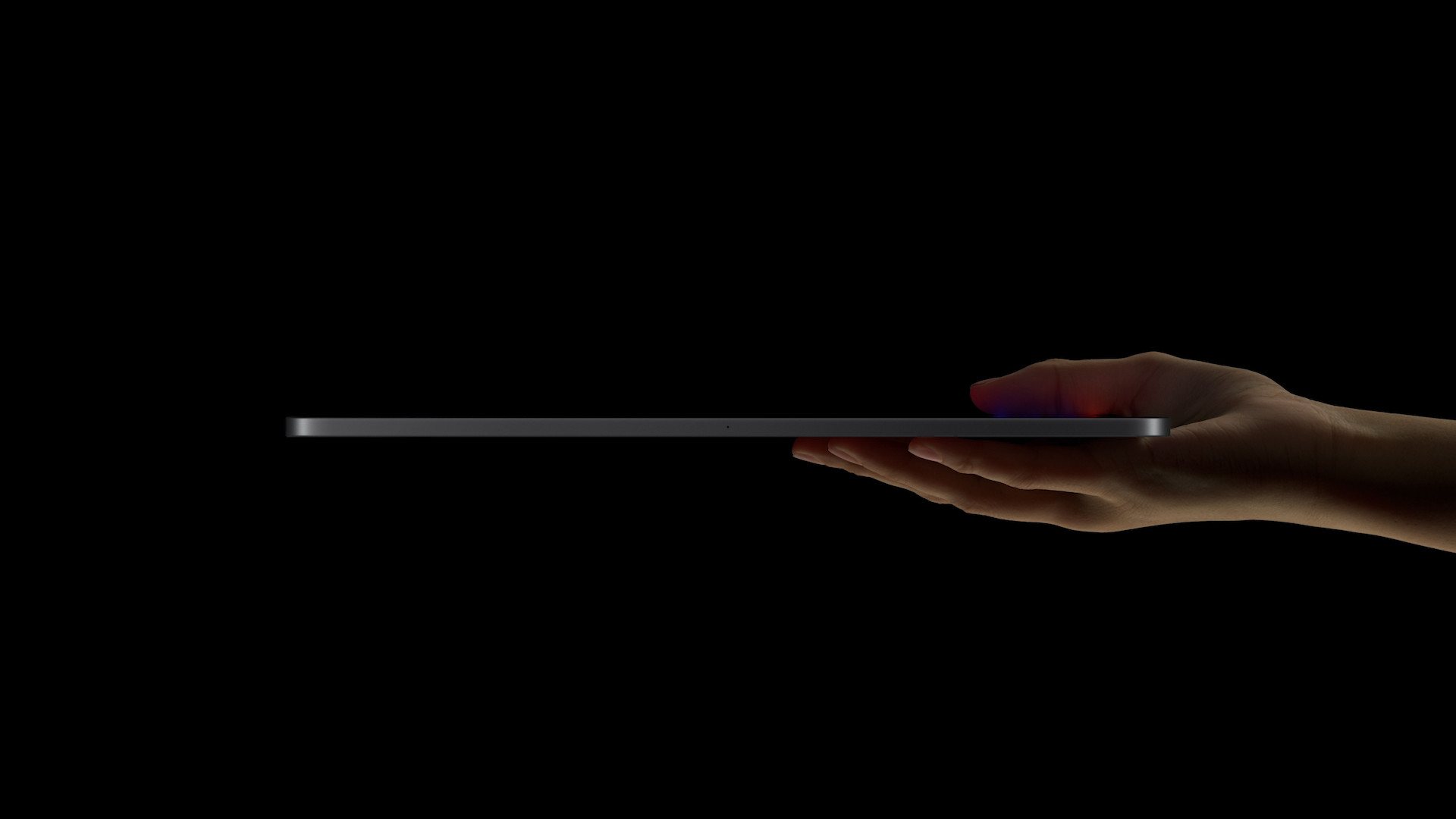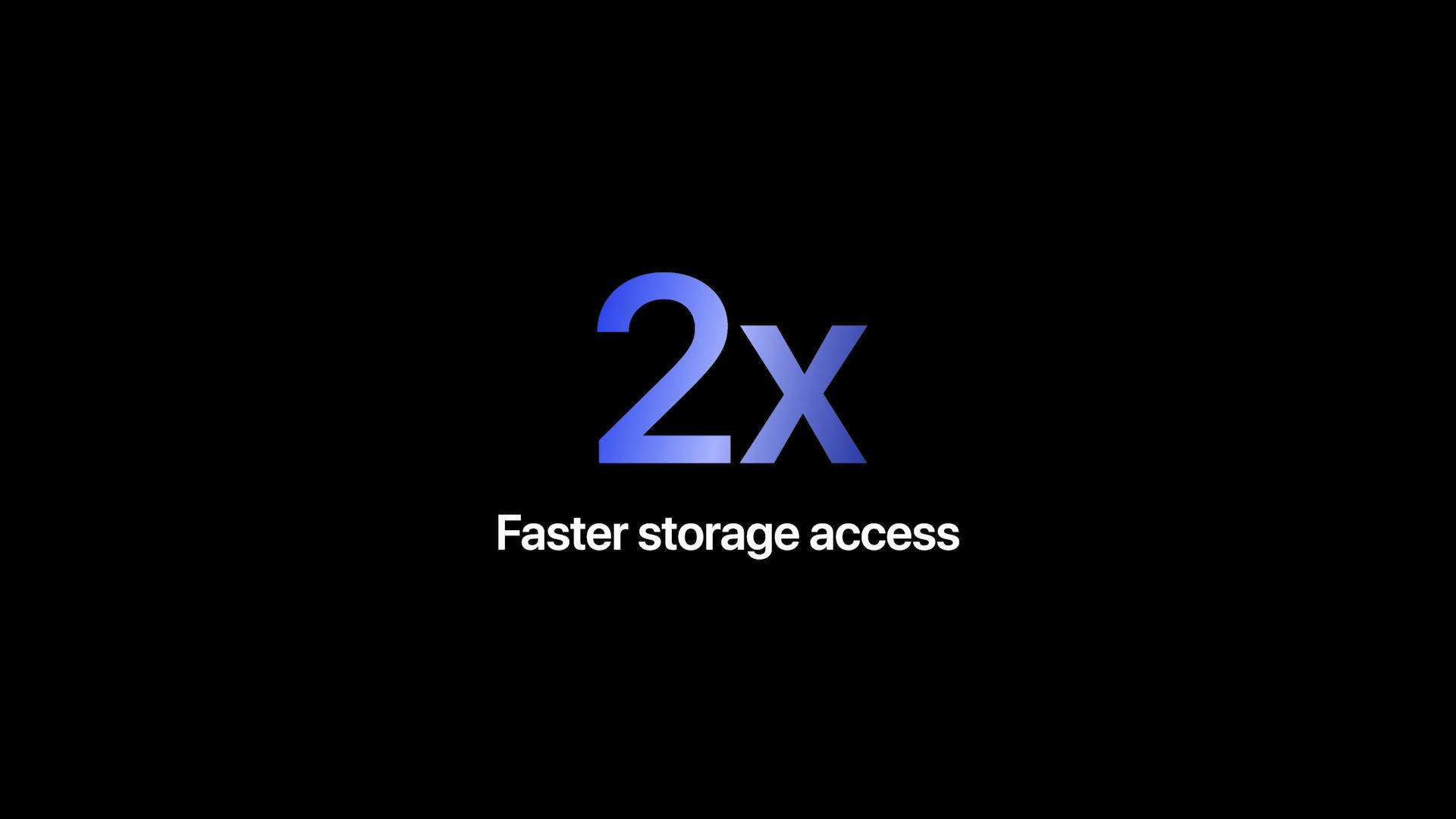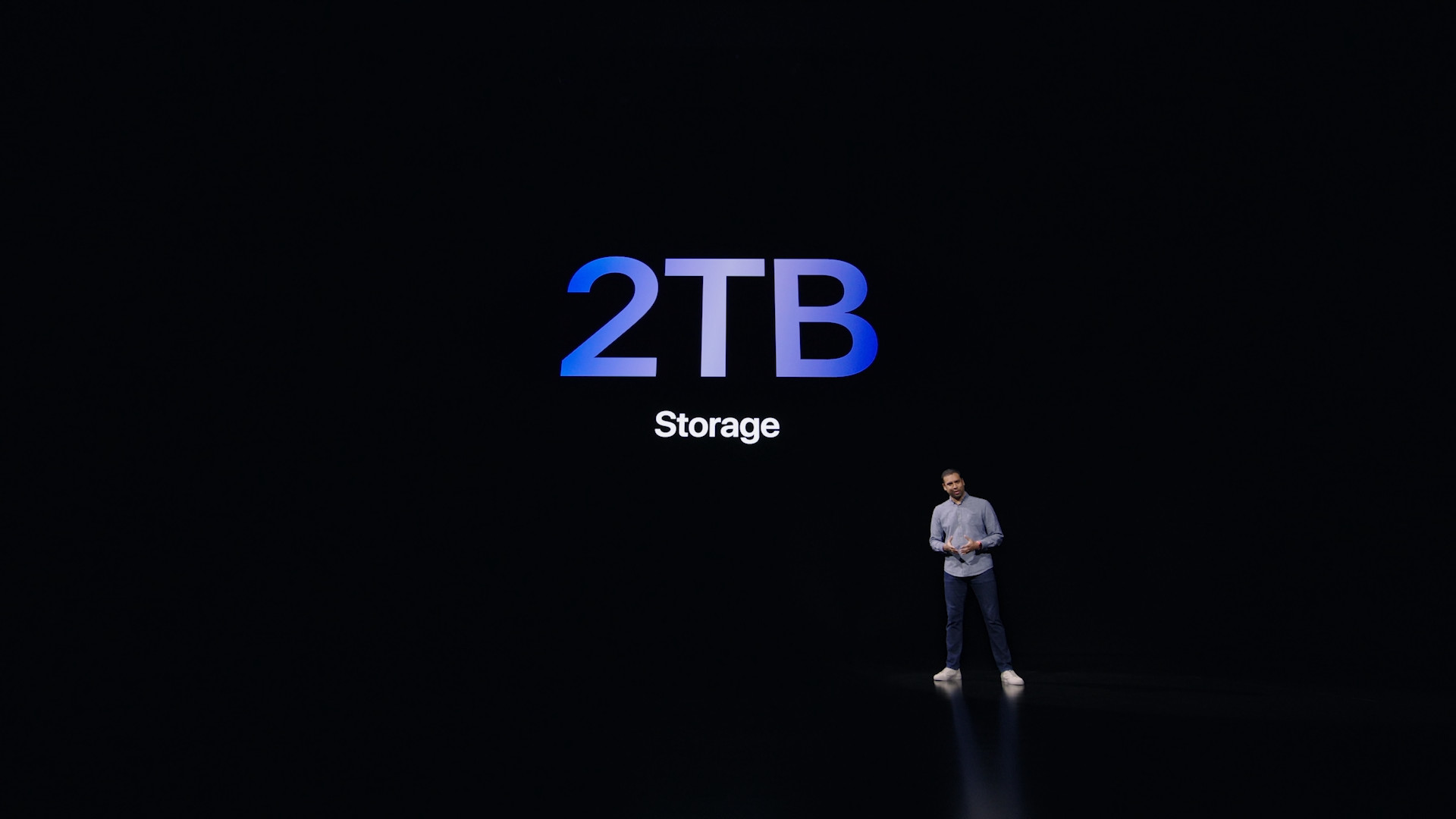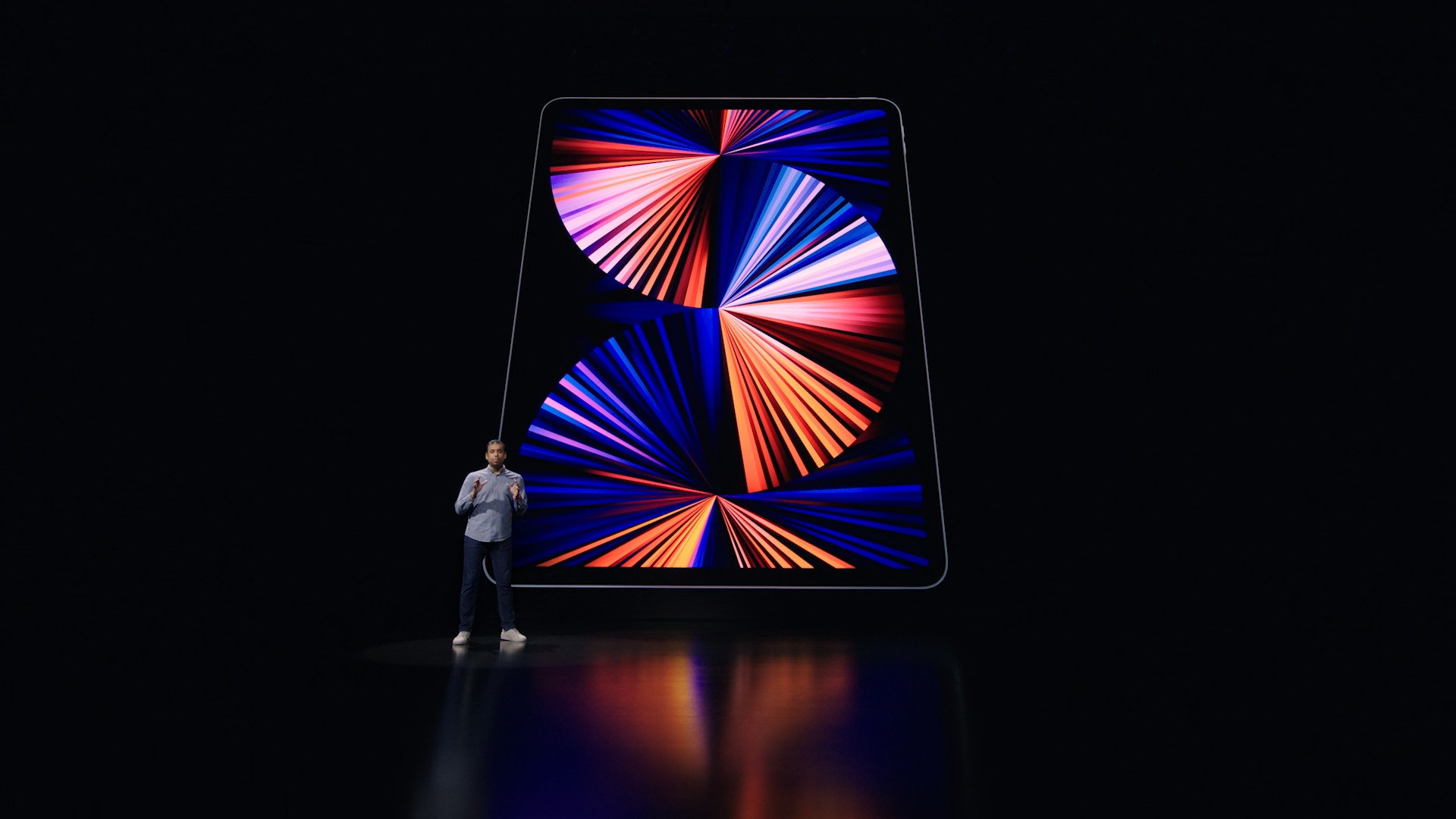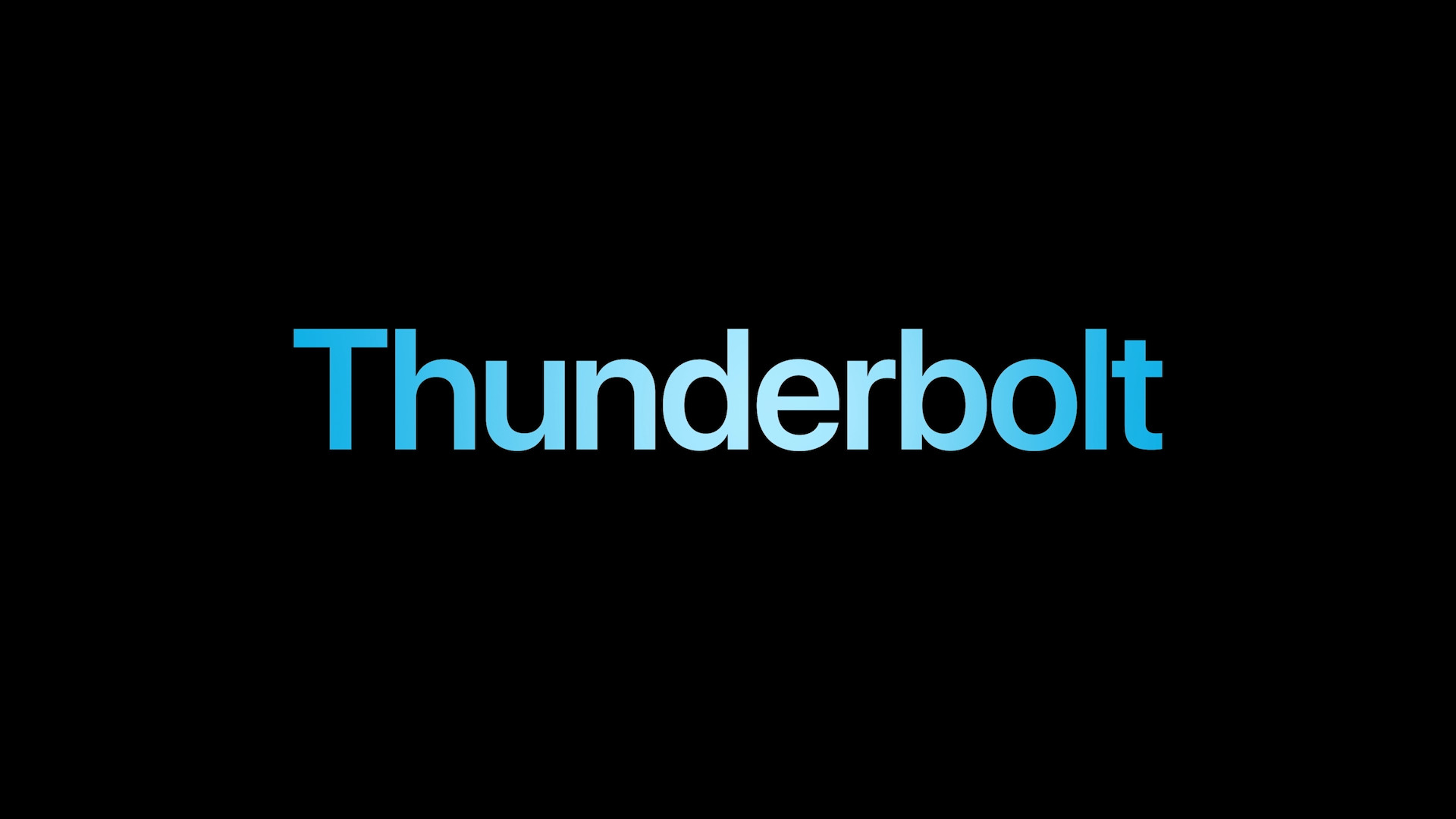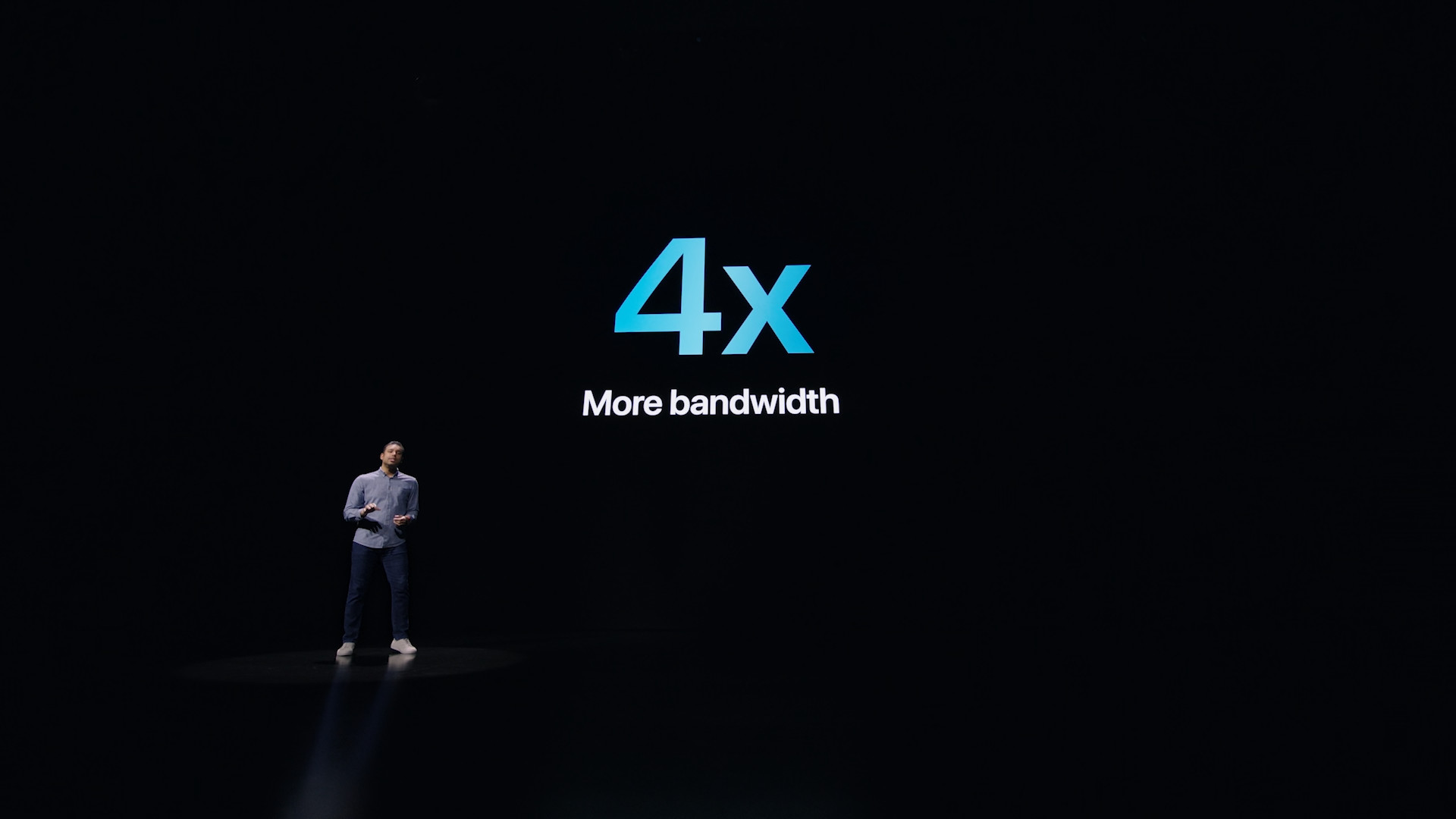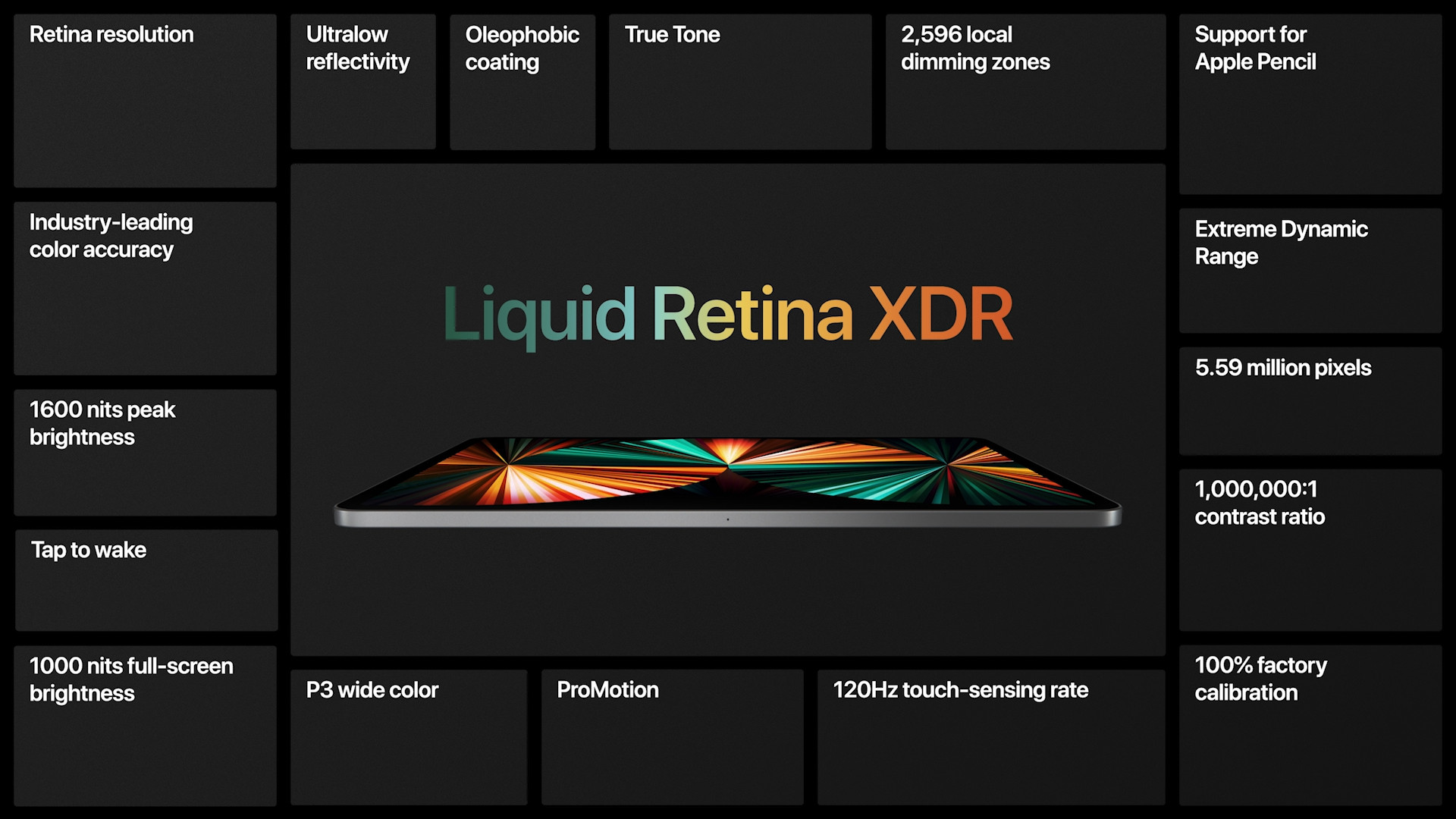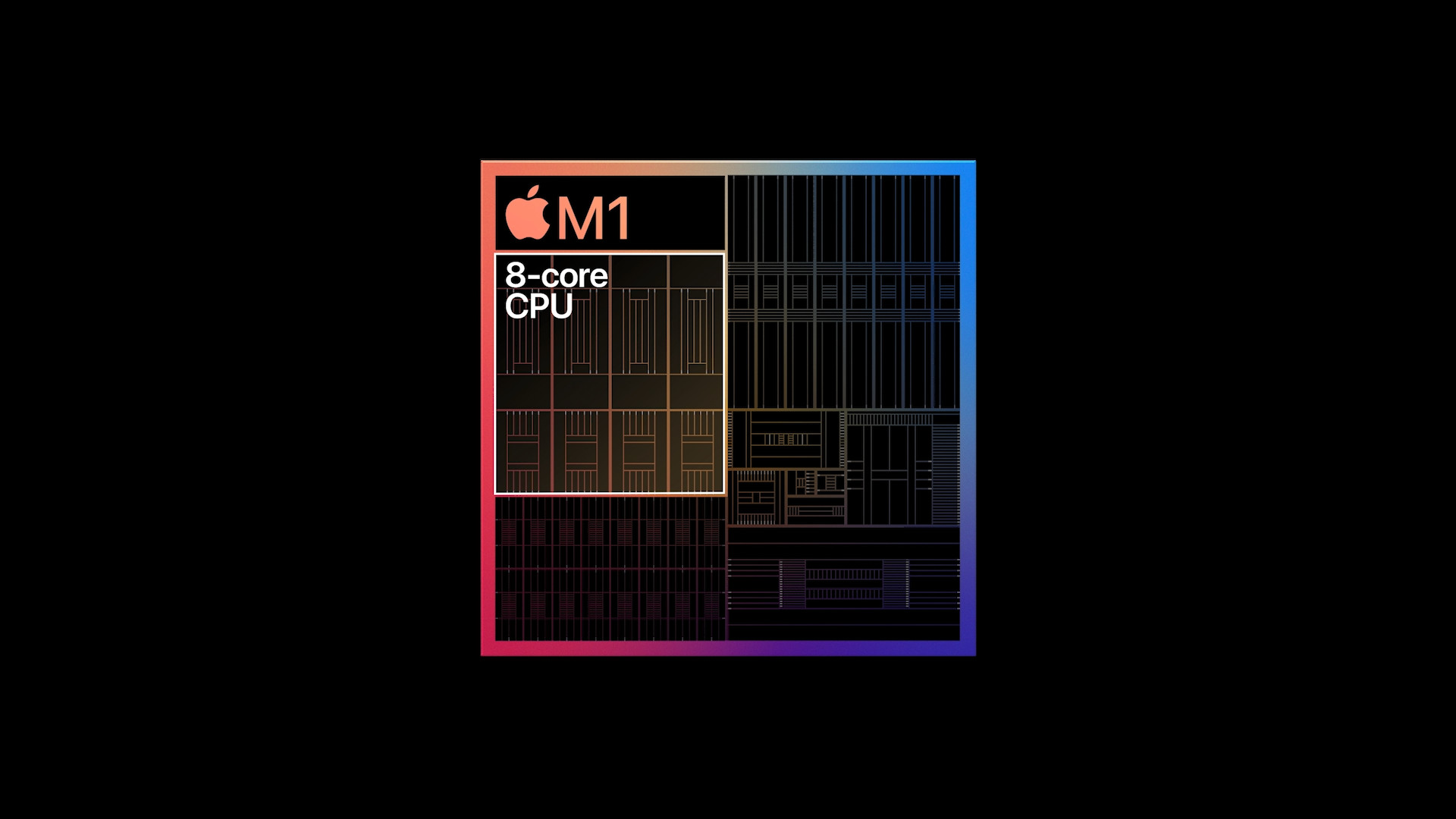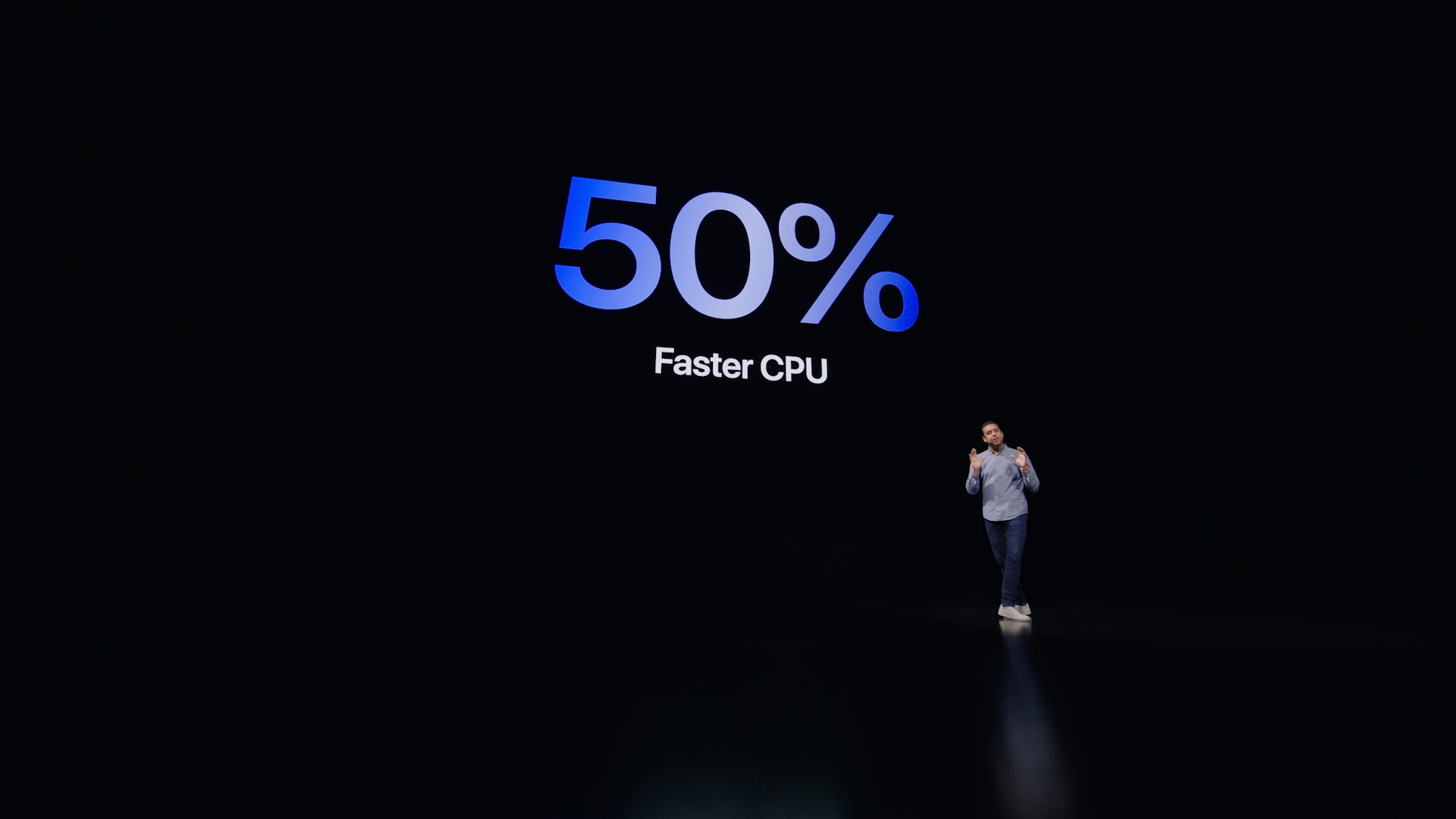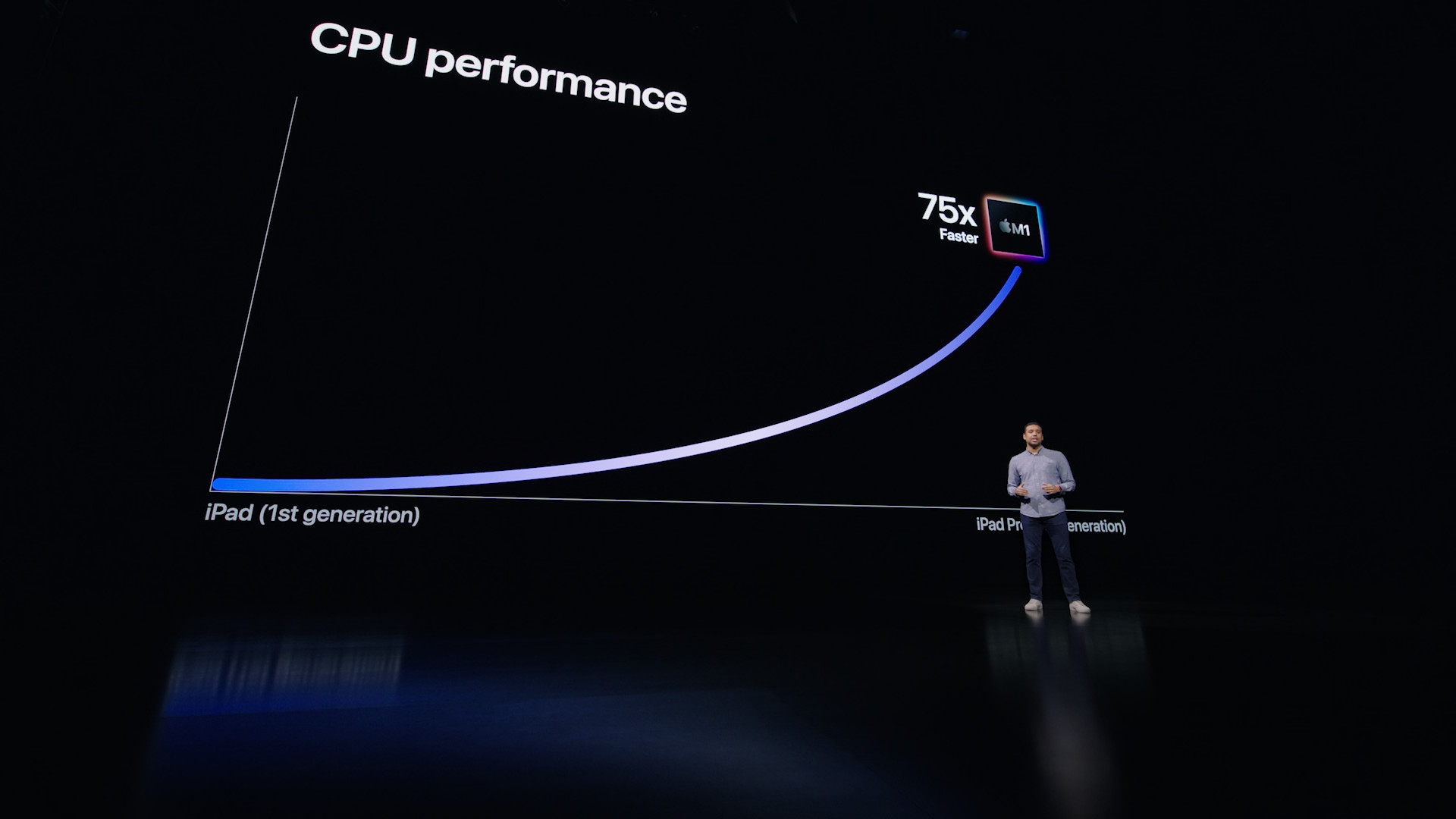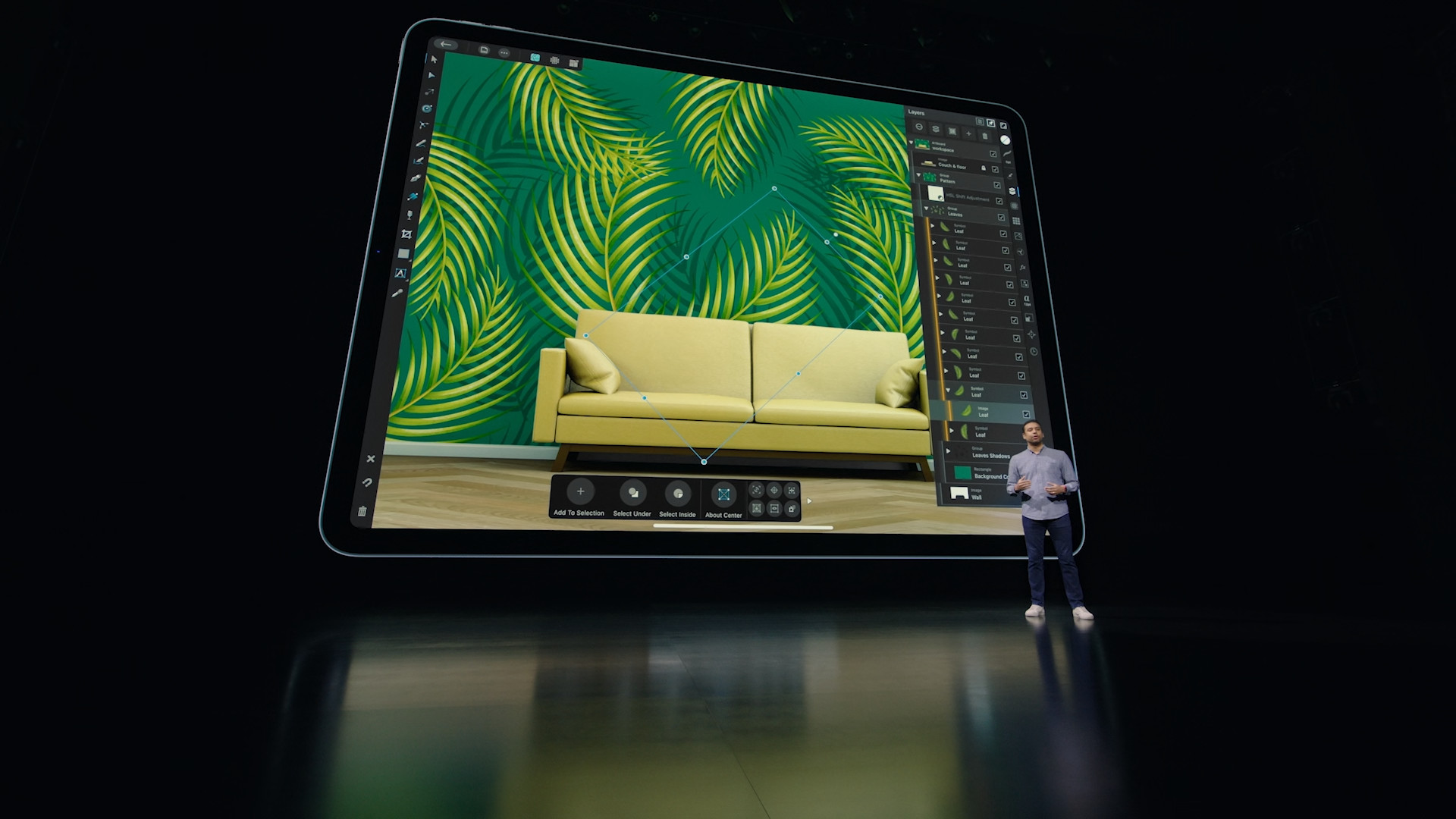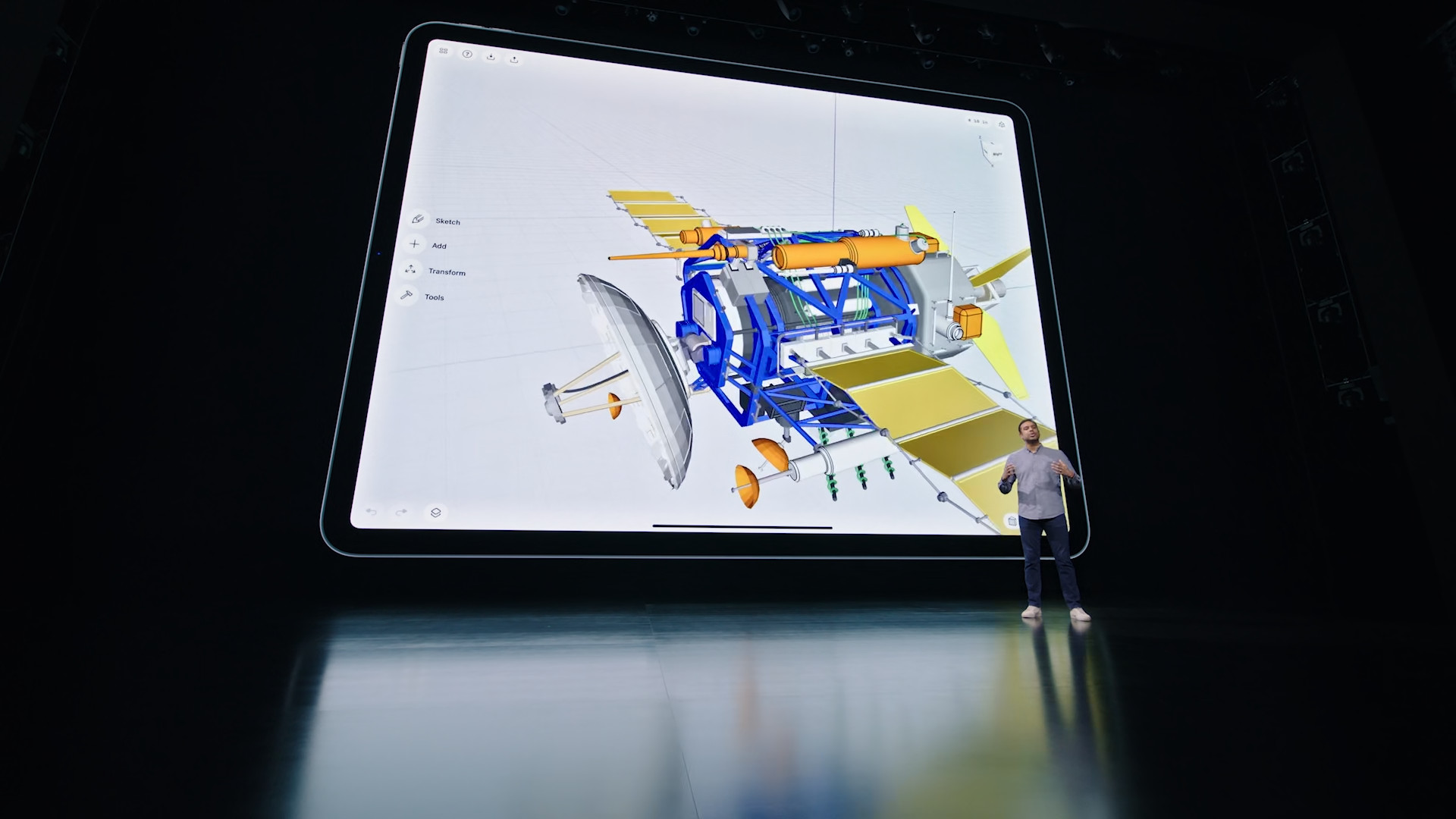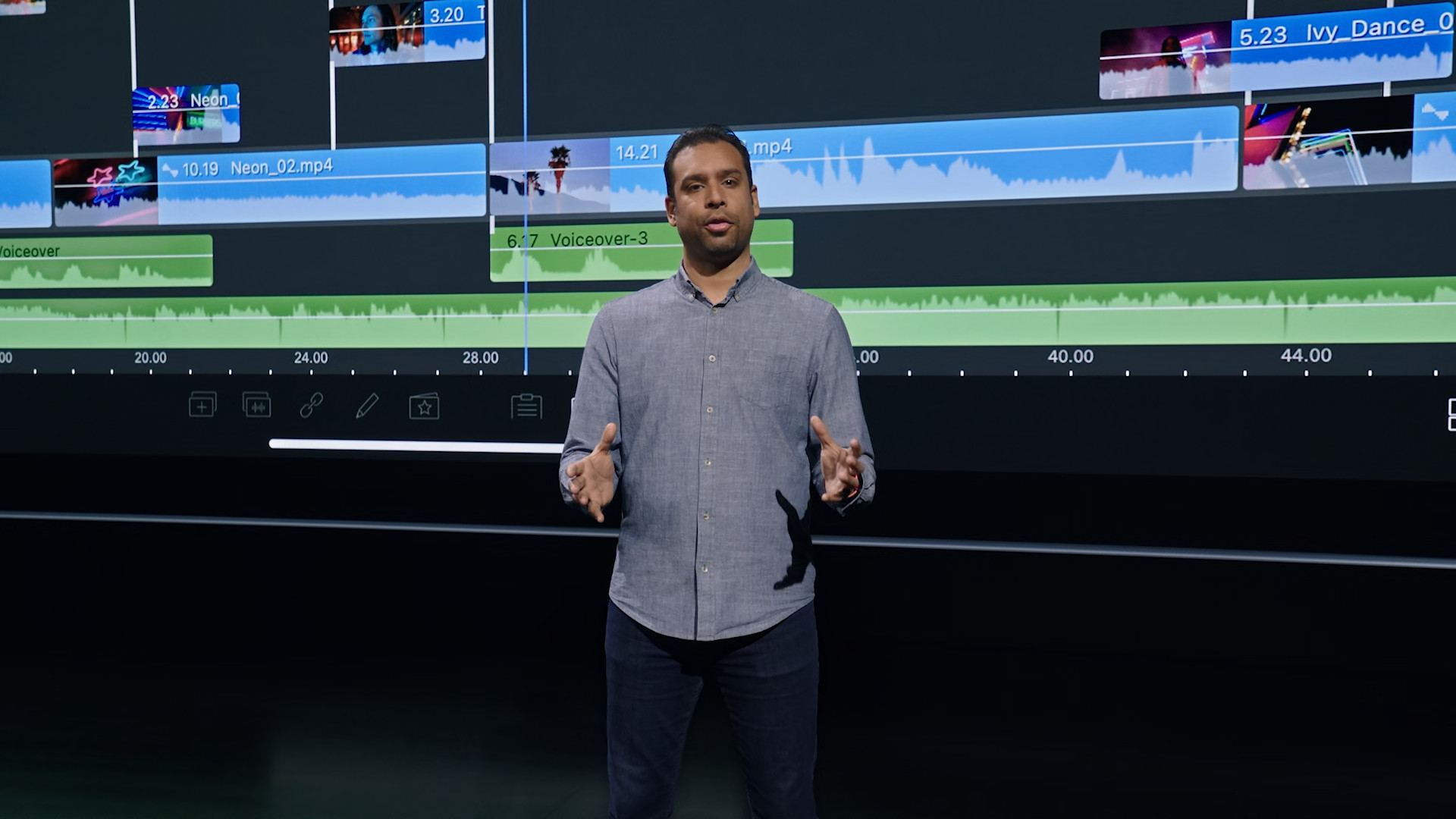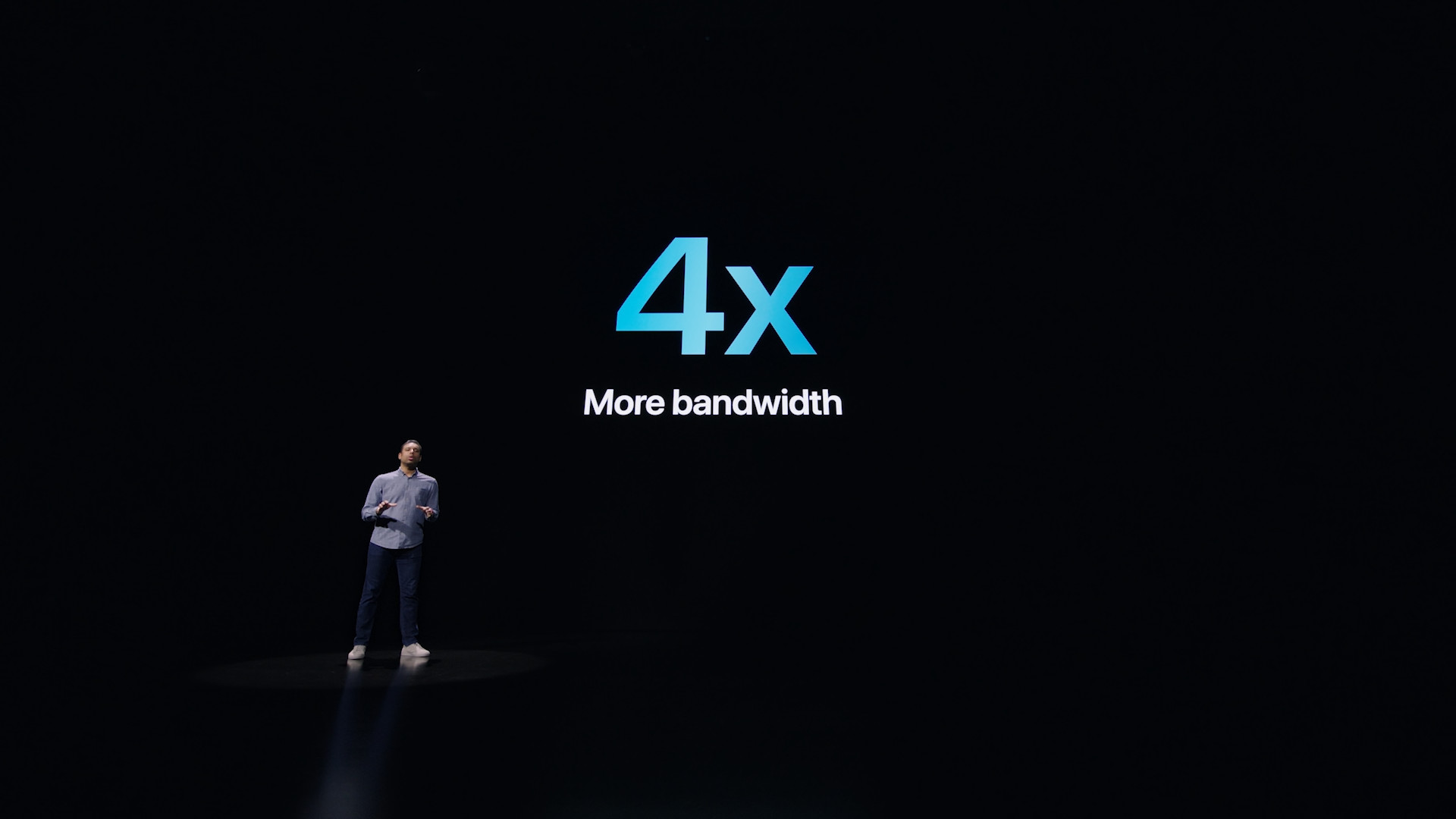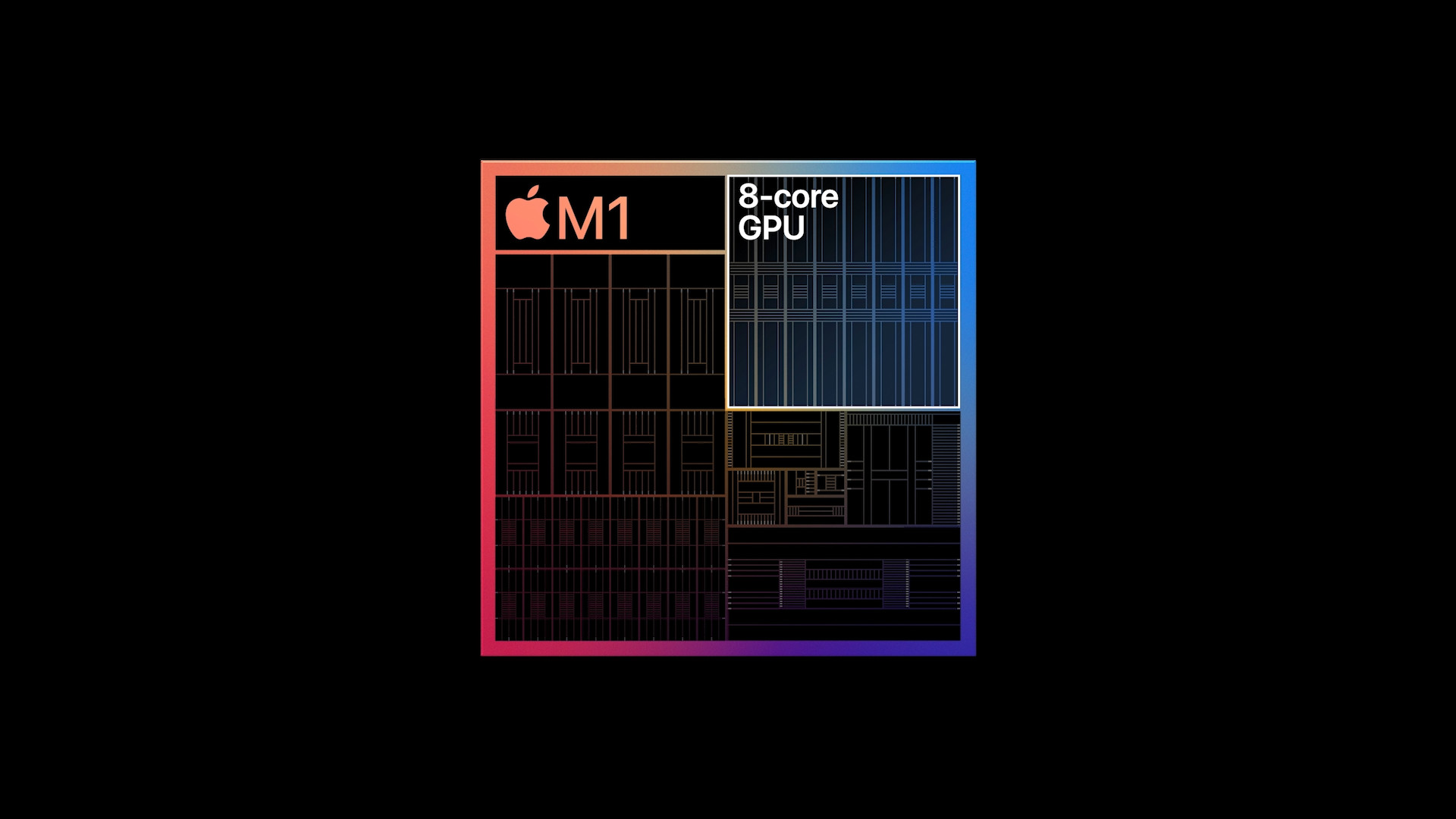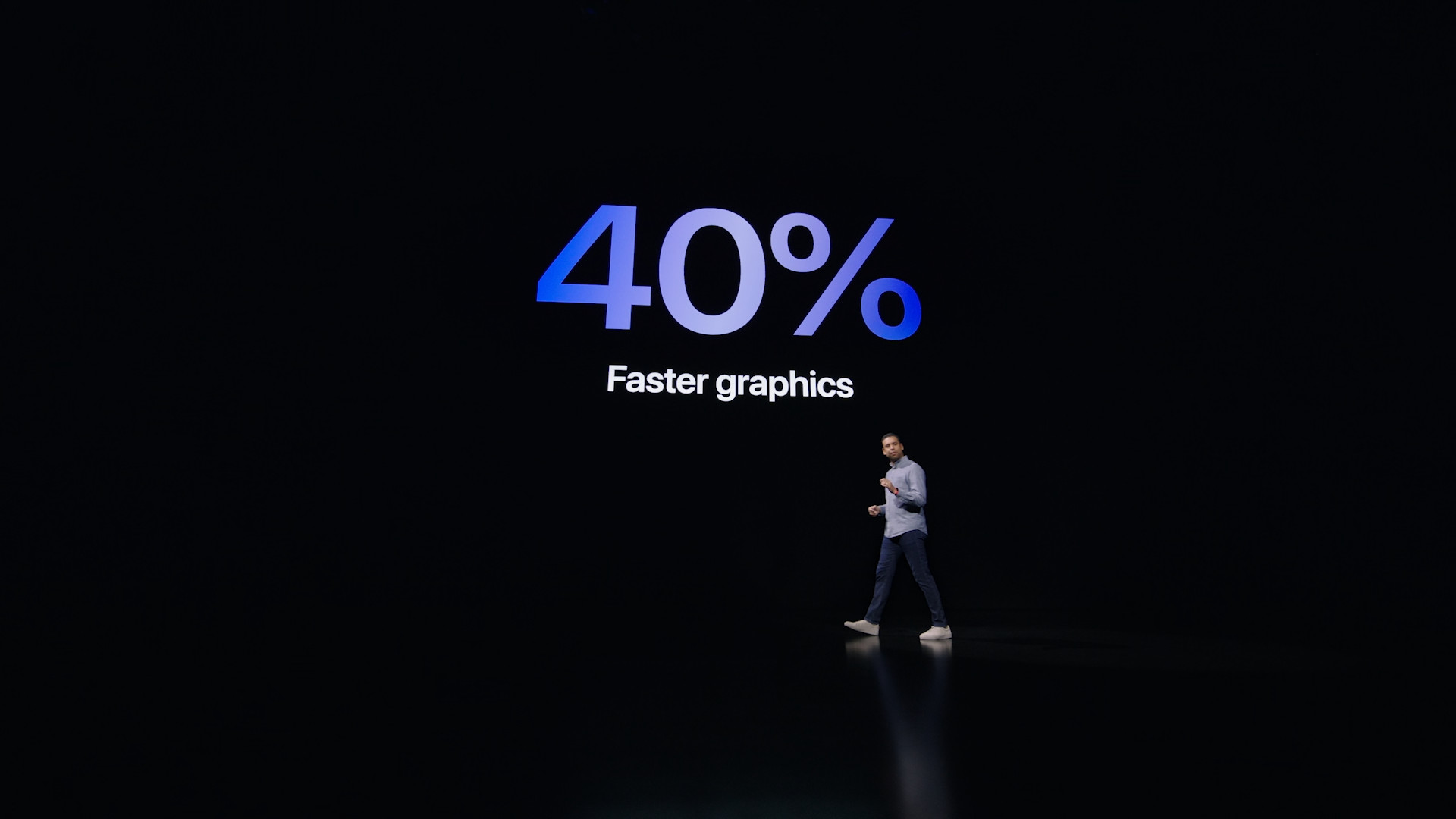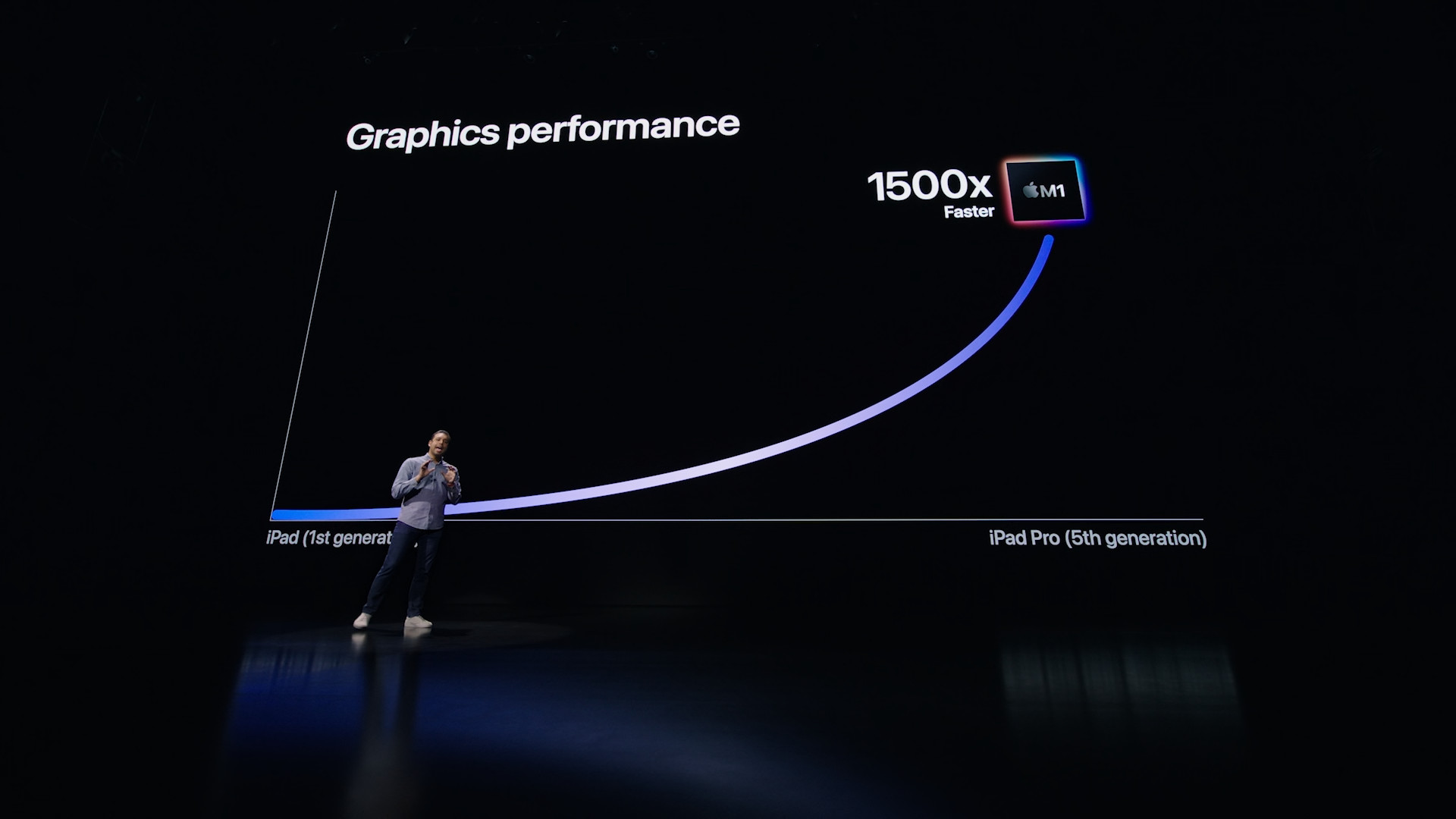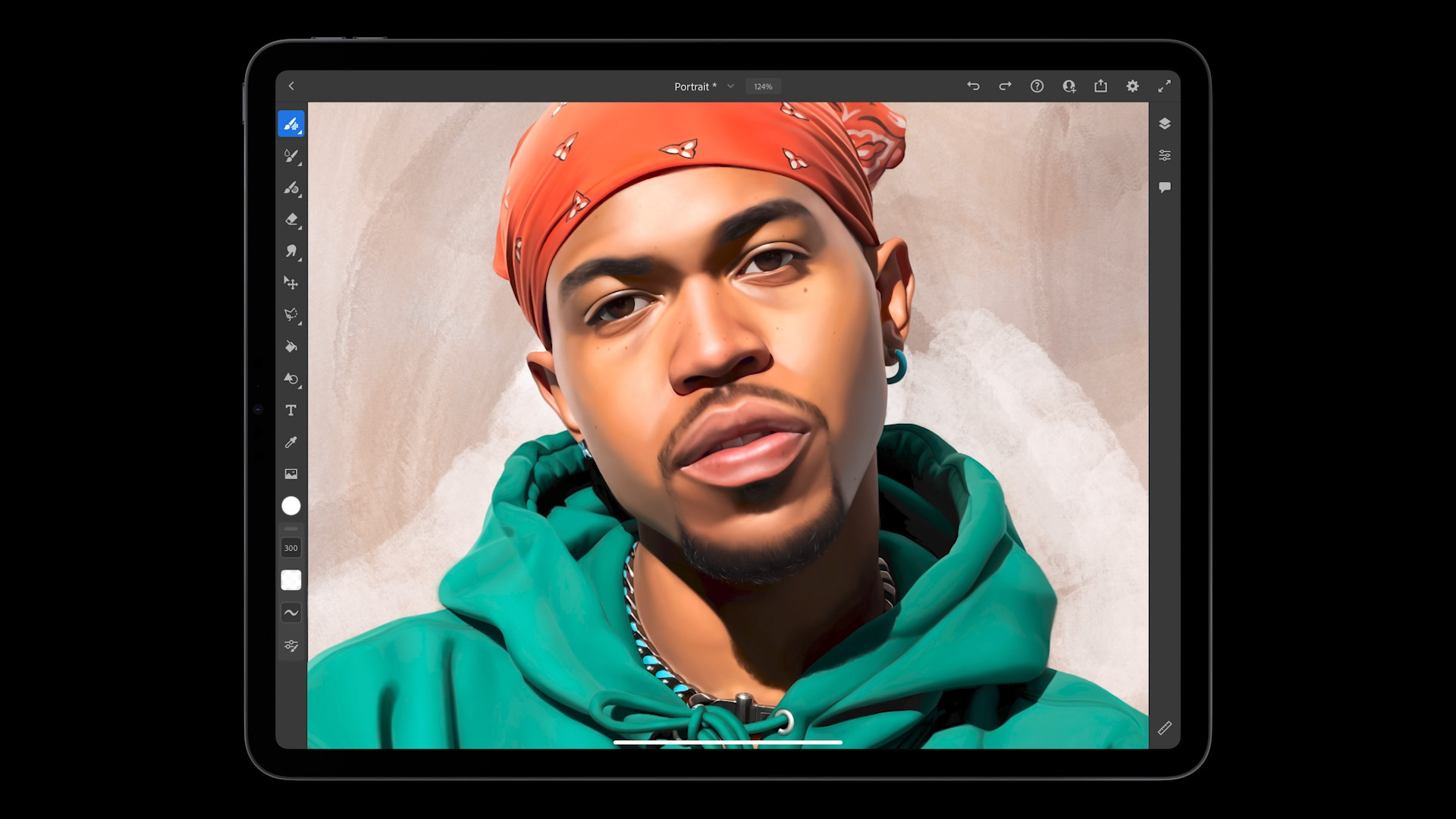On the occasion of yesterday's Apple Keynote, we saw the presentation of a long-awaited product. We are, of course, talking about the iPad Pro, which, in addition to the faster M1 chip and Thunderbolt, received another major innovation. Its larger, 12,9″ version got a display labeled Liquid Retina XDR. Behind this is mini-LED technology, which has already been discussed in connection with this "Proček". several months. But Apple certainly does not end here, on the contrary. The same technology will most likely be used in the MacBook Pro this year.
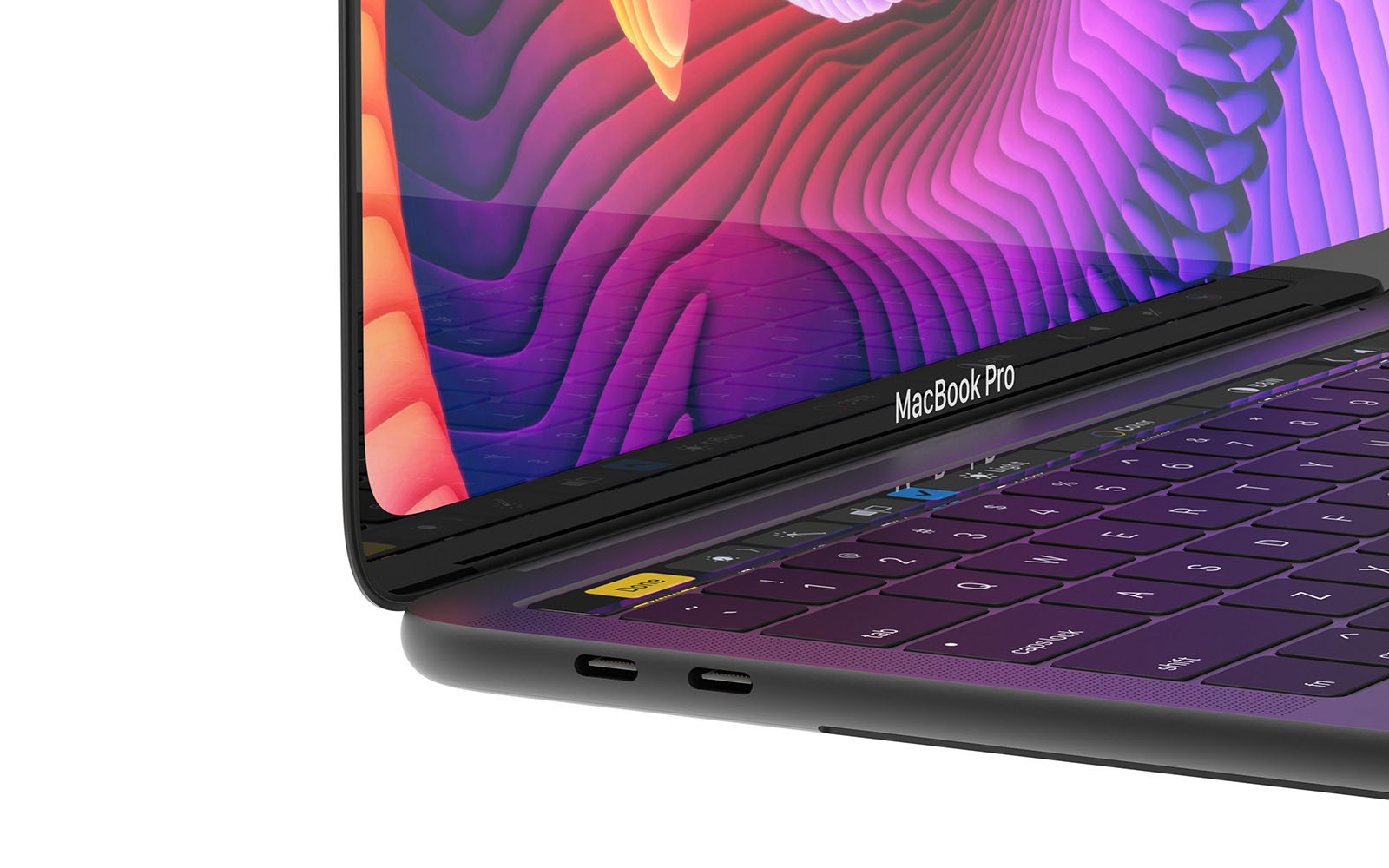
Let's quickly summarize what the new display of the newly revealed iPad Pro is characterized by. Liquid Retina XDR can offer a brightness of 1000 nits (maximum 1600 nits) with a contrast ratio of 1:000. Apple achieved this thanks to the use of the mentioned mini-LED technology, when individual diodes were significantly reduced. Over 000 of them take care of the backlight of the display itself, which are also united into more than 1 zones. This enables the display to more easily switch off some diodes, or rather zones, for accurate black display and energy saving.
How the introduction of iPad Pro (2021) with M1 went:
Information about the upcoming MacBook Pro was currently brought by a Taiwanese research firm TrendForce, according to which Apple is preparing to introduce the Apple laptop Pro in 14″ and 16″ versions. In addition, this step has been talked about for quite a long time, so it is only a matter of time before we see it in the final. The laptops should be powered by an Apple Silicon chip, and some sources are also talking about a design change and the return of the SD card reader and HDMI port. This information was also confirmed by the renowned Bloomberg portal and analyst Ming-Chi Kuo. At the same time, the Touch Bar should disappear from the product, which will be replaced by physical keys. According to TrendForce, the redesigned MacBook Pro should be introduced in the second half of this year, with the Cupertino giant betting on a mini-LED display.
It could be interest you
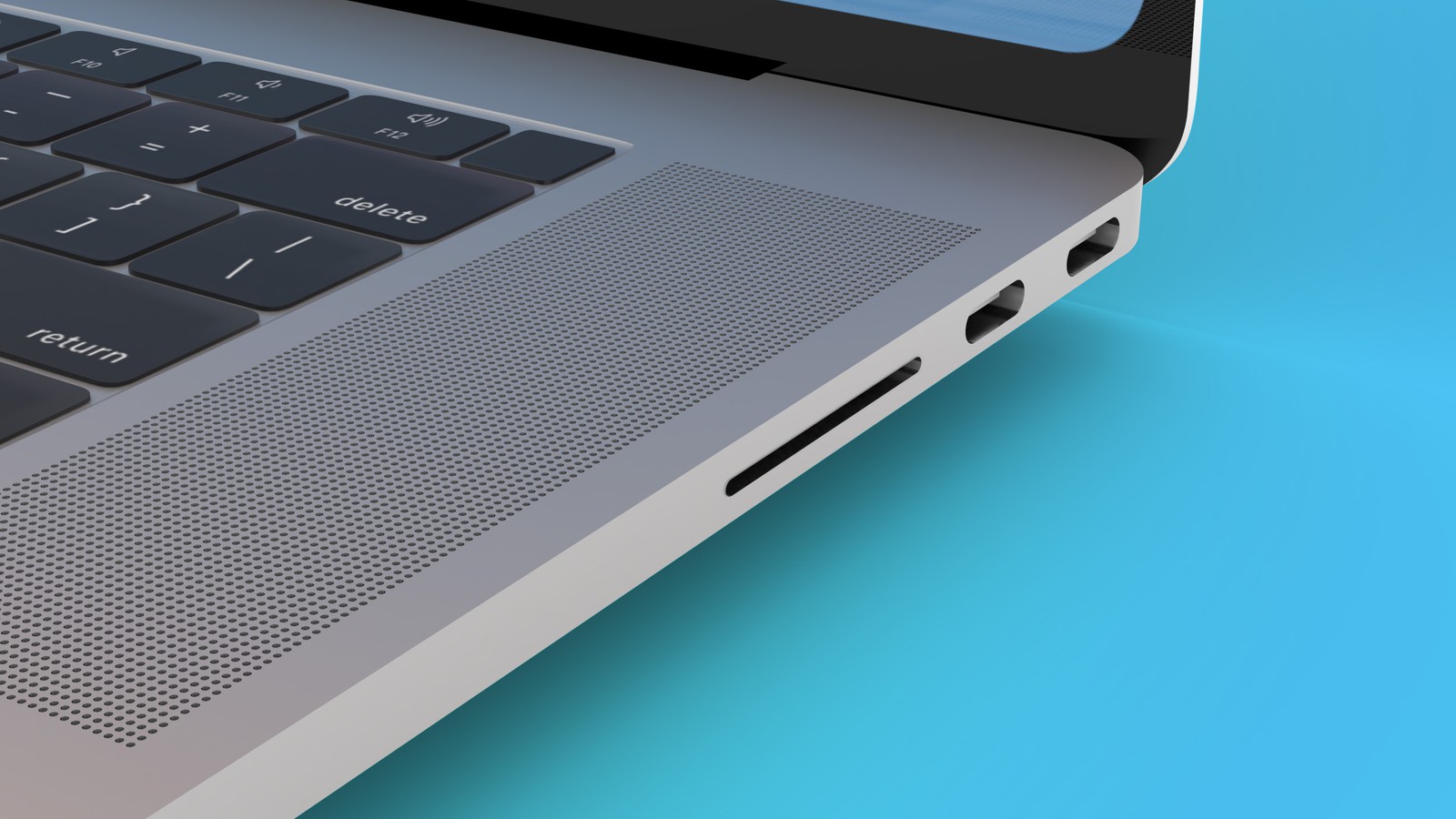
- You can buy Apple products, for example, at Alge, Mobile Emergency or u iStores
